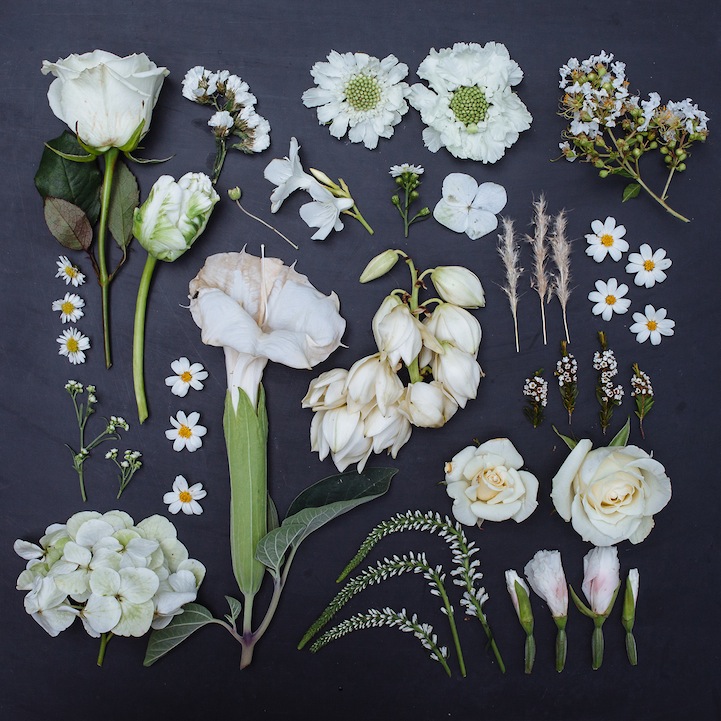~Movie Poster~
The story is about my life as a person who loves to have their head in the clouds and daydream about their future. The story depicts my life experiences, the good, the bad, and the embarrassing! It plays in the point of view of my eyes, mind and thoughts, how I think and see things, people, events and situations that are put in front of me. A lot of the story is about how much I am in love with the idea of love and eventually finding a lover, growing my family, and achieving my goals.
What I like about these movie posters is that they have complementing and matching colors, I also like how the first two have the subjects in the middle showing their whole bodies along with the motion. I like the third one as well because of the editing and the subjects are looking at the audience with an intense setting/tone. Another reason as to why I chose these posters is because I really like these movies/musicals lol.
~How to get inspiration in your photography when you feel stuck~
1~ One way to find your inspiration in your photography is to “draw up you plan for your success” which basically means that you should make up a list of goals that you want to achieve in photography.
2~ You can also look at some work from your favorite photographers, this helps quite a bit when looking at other references and scoping out any new ideas.
3~ Diving into photography’s history can help as well, it’ll help you get to know more about the world of photos and bring in some new or old ideas.
4~ Working on personal projects can also help because sometimes while working on some projects that are personal to you, new ideas can come up.
5~ Doing something else that is creative or a hobby other than photography can help as well as relaxing and not stressing yourself out, taking a break can help you focus more.
~Surrealistic Collage~
I just thought of two random things, cats and eyes, and just went on a whim with it and created this. The theme, well, there is no real theme I mainly wanted to make something silly and different than what I usually do. The composition that used was motion and contrasting colors. The motion of the cats yawning is the motion part and the different and complementing colors also helped with the composition.
~Letter to Next Year’s Students~
Hear ye, hear ye, next year’s students,
What I liked about Digital Photography was the creative freedoms we were given and how supportive and helpful the teacher, Mrs. Cauchon, was. I really enjoyed being able to be as creative as I wanted, I’m my photos and projects. The only thing that I didn’t really like during my time in Photo was the technical aspects of using the camera. At first, it was a little bit confusing, and I struggled quite a bit, but in the end it’s quite easy.
The workload isn’t as bad, as long as you’re able to manage your time wisely. Usually there are three assignments for you to work on every week but it’s not as bad as you think. When it’s your first day there don’t be discouraged or worried about what others will think about you or your work, it is a very chill and comforting environment. Many of the projects a very fun and unique to your everyday regular class assignments. This class was by far one of my favorite classes in my schedule.
Some advice I could give you is that you should just be yourself and have fun. Don’t worry about how “bad” your project or photo will come out, as long as you think it’s great, post it to your blog. If you ever need any help with anything, sometimes it doesn’t have to do with the class, you may ask Mrs. Cauchon, she is very welcoming and will listen. In the end, have fun and manage you time wisely, also don’t talk when the teacher is talking, it really rattles her chains. Other than that, have a great year in Digital Photography!
Sincerely,
Candy Garcia <3



















